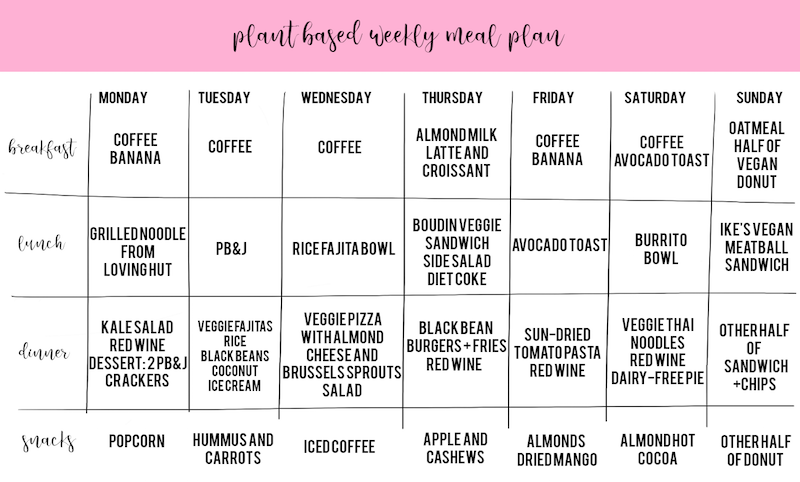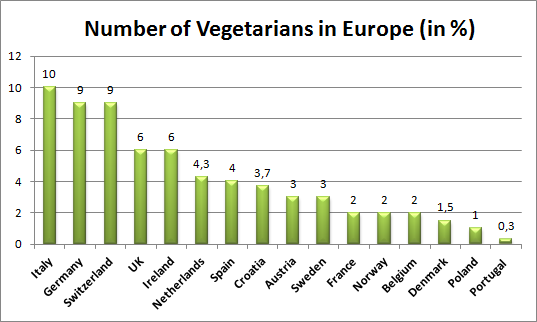
Your children will grow up happy and healthy if you choose a plant-based lifestyle. It's an ethical choice. Plant-based diets have lower levels of saturated fat than those that are meat-based. They also may be less likely to develop type 2 diabetes or heart disease. A plant-based diet well-planned is more energy-efficient.
Vegan children can eat a wide variety of nutritious foods, rich in fiber and nutrients. They will stay full and energized for a longer time, which will also help keep them from overeating. There are also many ways to incorporate nuts into their diet. Whether they are nut butters, applesauce, or sauces, they can add variety to their meal.
Chia seeds are an excellent source of calcium and fiber. You can use them as a binder when making vegan burgers. These can also be used to make healthy snacks. You can make organic fruit smoothie sticks for your toddlers. They are portable and easy to eat. It is important to ensure that only organic ingredients are used in fruit smoothie sticks.

Making vegan breakfast muffins is another way to make a nutritious vegan snack. They can be made ahead of time and stored in the refrigerator. They can be customized to your child's taste, and they are delicious. You can either serve them with calcium-fortified soyyog or with a wide variety of fruits, vegetables, and other foods. A breakfast muffin can include beans and tofu as well as complete proteins.
You can also use wholemeal bread in your meal plan. Wholemeal bread provides 3 grams of fiber for every 100 grams. For a more plant based meal, you can also use quinoa and buckwheat. It is important to choose organic bread, as some brands contain hydrogenated oils, which may be harmful to your child.
A variety of nutrients are essential for children's development, including calcium. Calcium can be obtained from soy yogurts, fortified cereals, or pumpkin seeds. Nuts are also a source, but they can be choking hazards for young children.
You can also try serving these nutty burgers with a vegan cheese sauce, made with cashews, nutritional yeast, and carrots. They can also be served with steamed broccoli, roasted peppers, or tomato salsa. Also, you can make vegan tater tees with cashew sauce, mixed vegetables and tater tees. These meals are easy to prepare for kids and are packed with rich flavor.

Vegan noodle soup can be made creamy and hearty. Vegan take on chicken soup: creamy chickpea and noodle soup. It's made with pantry items and a tartar tot crust. Serve with your favorite vegetable.
Another vegan-friendly meal option is vegetable hot dogs. These can be made from pureed carrots or lentils, and then topped with smokedpaprika. They can also be served with a brand of low-sugar bread.
FAQ
What is the working principle of an antibiotic?
Antibiotics are medications that kill harmful bacteria. Antibiotics are used to treat bacterial infections. There are many types of antibiotics. Some can be taken orally while others can be injected. Others are topically applied.
Antibiotics are often prescribed to people who have been exposed to certain germs. For example, if someone has had chicken pox, he or she might take an oral antibiotic to prevent shingles later on. For those with strep-thorphritis, an injection of penicillin could be given to prevent them from getting pneumonia.
A doctor should give antibiotics to children. The possibility of side effects that can cause serious side effects in children is greater than for adults.
The most common side effect associated with antibiotics is diarrhea. Other side effects that could occur include nausea, vomiting and dizziness. Most of these symptoms disappear after the treatment is completed.
How do you measure body fat?
A Body Fat Analyzer will give you the most accurate measurement of body fat. These devices are used to determine the body's percentage for people who want weight loss.
Why does weight change as we age?
How do you know if your bodyweight changes?
If there are less calories than muscle mass, then weight loss is possible. This means that calories must be consumed at a rate greater than energy. Low activity levels are the leading cause for weight loss. You can also lose weight due to stress, illness, pregnancy, hormonal imbalances and certain medications. A person who has more fat than their muscle mass will experience weight gain. It happens when people eat more calories than they use during a given day. Common reasons include overeating, increased physical activity, and hormonal changes.
Our bodies lose weight mainly because we consume less calories than what we burn. By exercising regularly, our metabolism rates increase which in turn burns more calories during the day. But this doesn't guarantee that we'll lose weight. The important thing is to see if we're losing or gaining muscles. If we are burning more calories than what we eat, then we will lose weight. But, if we consume more calories then we burn, then they are being stored as fat.
As we grow older, we tend to become slower at moving around and therefore we don't move as much. We also tend to consume less food than when we were younger. Also, we are more likely to gain weight. On the other hand, we have more muscle mass and look larger than we actually are.
There is no way to measure how much weight your body has lost without weighing yourself every week. There are many ways you can measure your weight. You can also measure your waistline, your hips or your thighs. Some prefer to use bathroom scales, while others prefer tape measures.
If you want to track your progress, you should try weighing yourself once a week and measuring your waistline once a month. You can also take images of yourself every few weeks to see how far it has come.
You can also check your height online to find out how many pounds you have. For example, if you're 5'10" tall and weigh 180 pounds, you'd probably weigh 180 pounds.
Statistics
- WHO recommends reducing saturated fats to less than 10% of total energy intake; reducing trans-fats to less than 1% of total energy intake; and replacing both saturated fats and trans-fats to unsaturated fats. (who.int)
- According to the 2020 Dietary Guidelines for Americans, a balanced diet high in fruits and vegetables, lean protein, low-fat dairy and whole grains is needed for optimal energy. (mayoclinichealthsystem.org)
- The Dietary Guidelines for Americans recommend keeping added sugar intake below 10% of your daily calorie intake, while the World Health Organization recommends slashing added sugars to 5% or less of your daily calories for optimal health (59Trusted (healthline.com)
- This article received 11 testimonials and 86% of readers who voted found it helpful, earning it our reader-approved status. (wikihow.com)
External Links
How To
How to stay motivated and stick to healthy eating habits and exercise
Motivation tips for staying healthy
Motivational Tips To Stay Healthy
-
List your goals
-
Set realistic goals
-
Be consistent
-
Reward yourself when your goal is achieved
-
Even if you make a mistake, don't quit!
-
Have fun